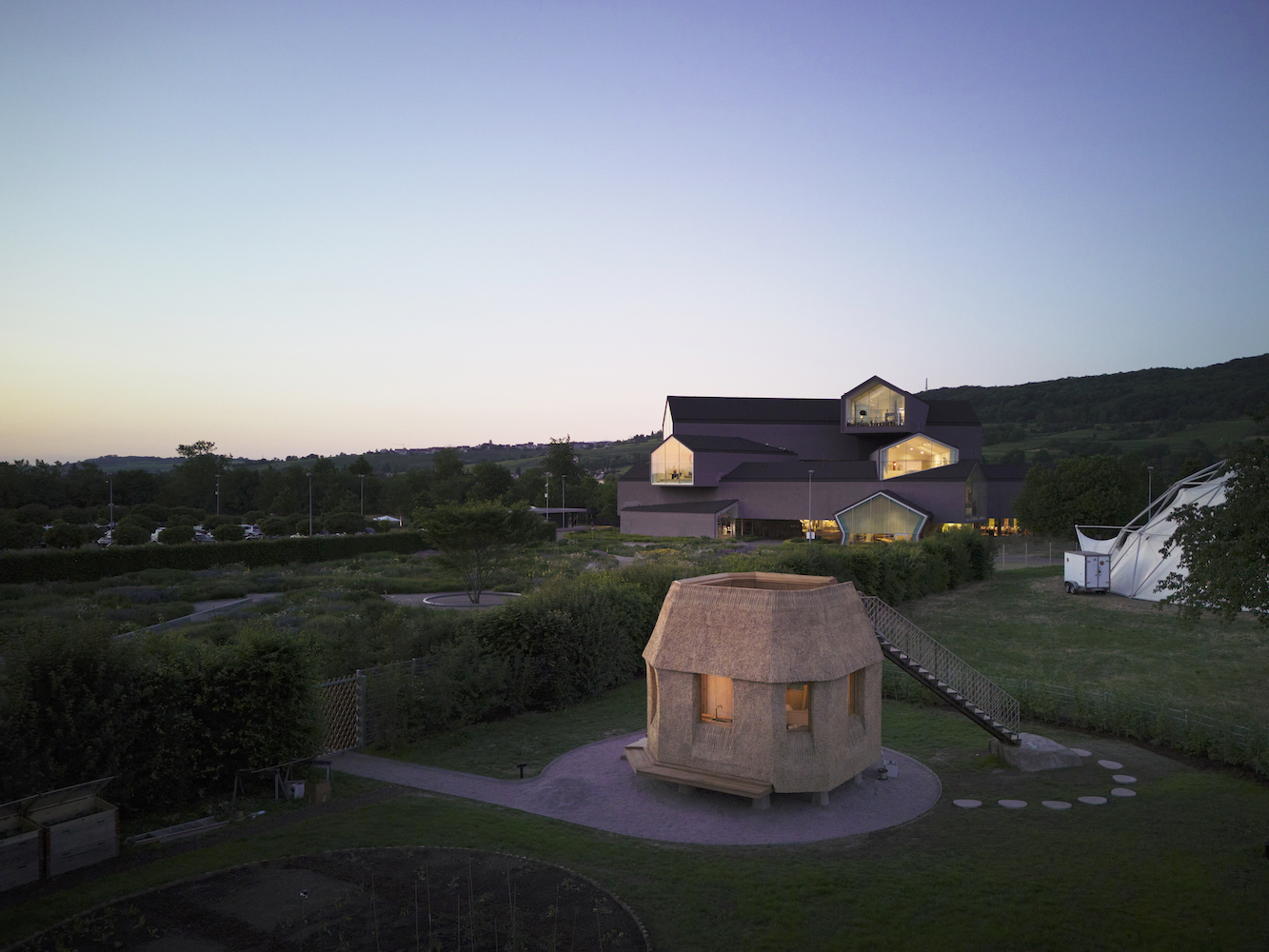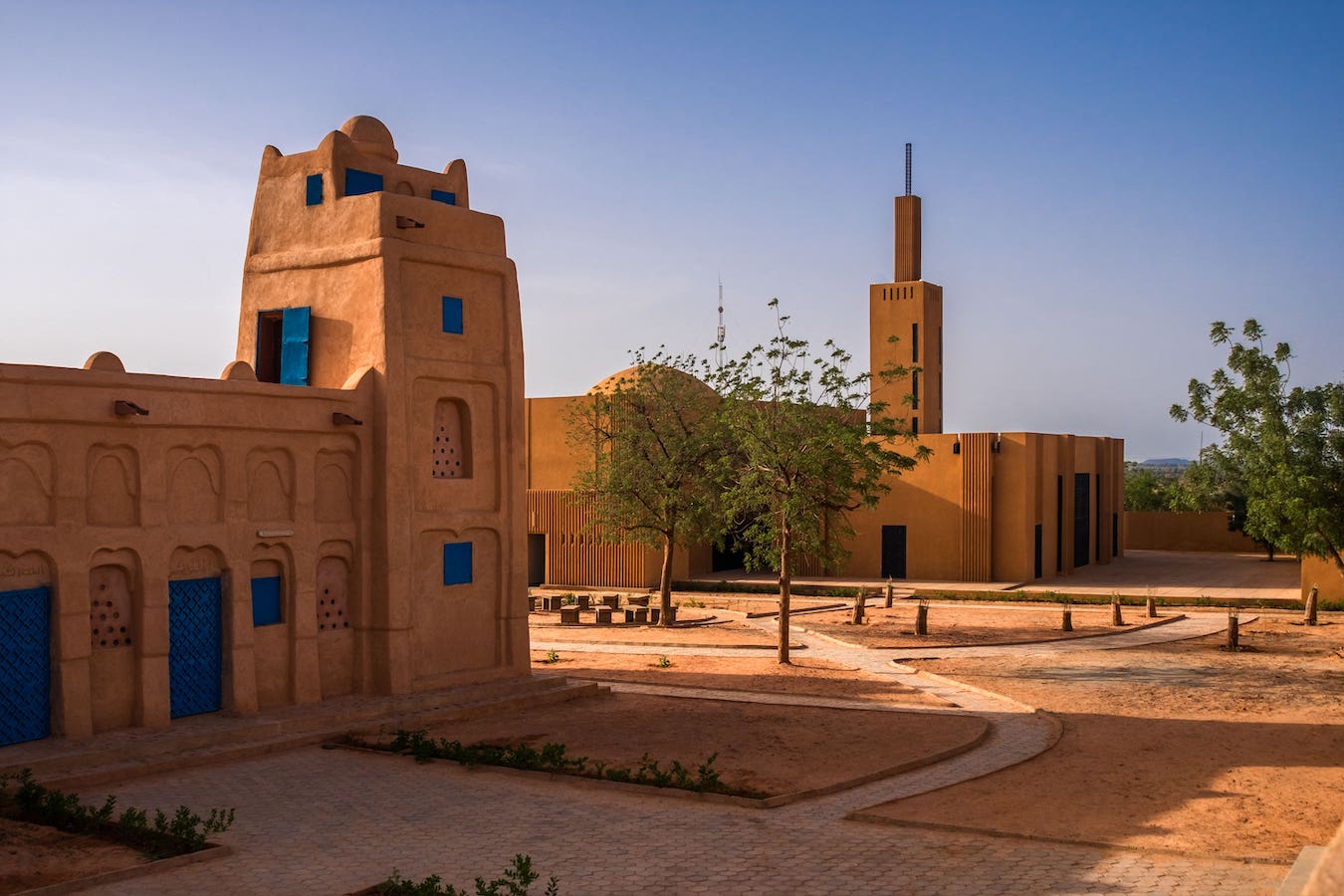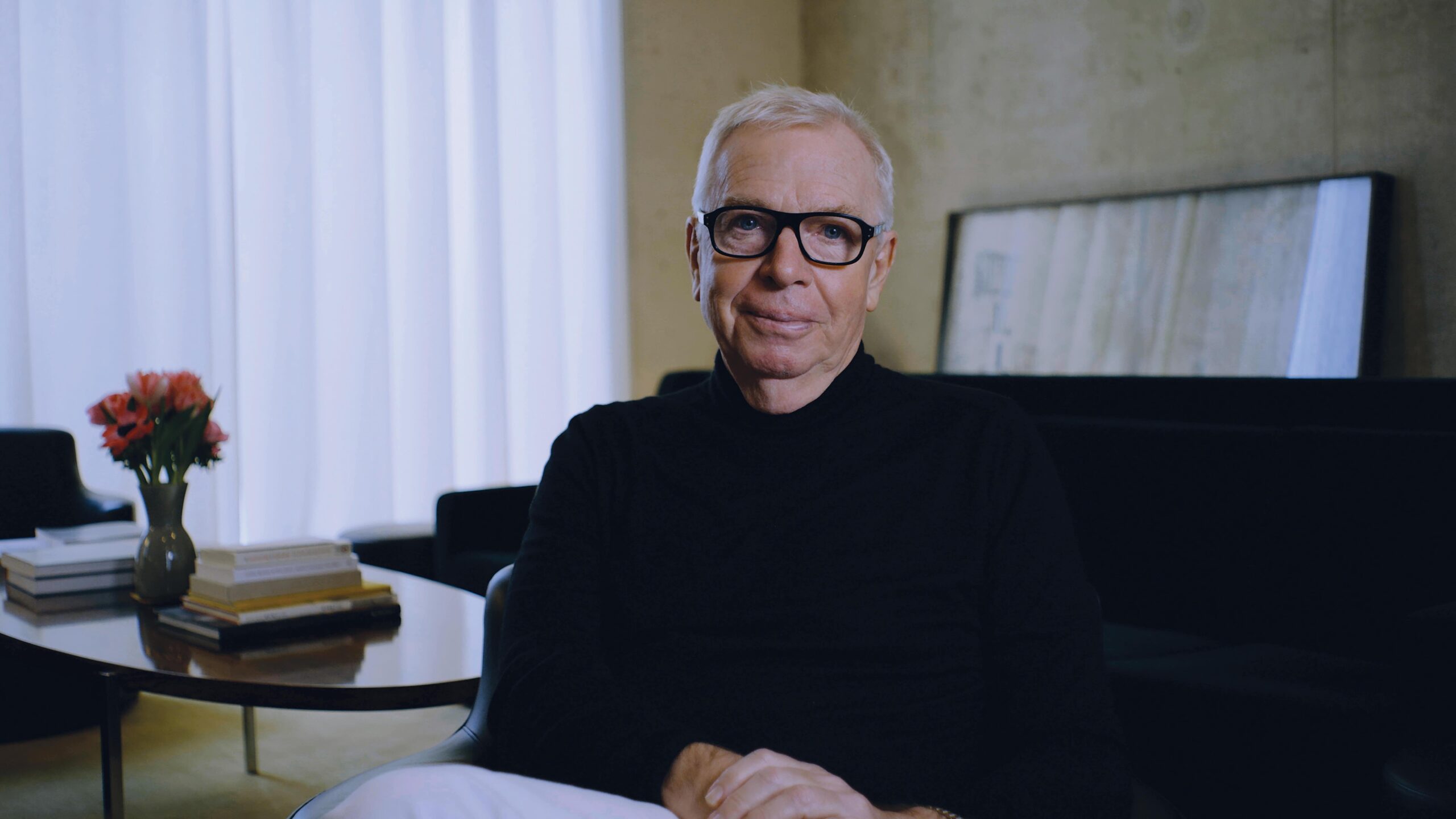Tane Garden House is a sustainable design project debuts in Basel
Rolf Fehlbaum, the Chairman Emeritus of Vitra, spent his childhood in Weil am Rhein—an area in southern Germany known for its rolling hills and close proximity to Basel. In that very field is where the Vitra Campus exists today. Nearly three years ago, the Japanese architect Tsuyoshi Tane joined Fehlbaum for a drive around town, and at that very moment, the idea for a new structure was born.
Sticking to Tane’s concept of “Archaeology of the Future”—a concept of believing in architecture that starts from the memory of the place where it stands—the Tane Garden House was born. Last month, for this year’s edition of Art Basel, it opened, debuting a sustainable a locally-sourced organic structure.
Created by sustainable or locally-soued materials when possible, the piece sits in the garden, meeting the high standards of the region’s responsible goals. Whitewall spoke with the architect to hear how he approached the strcuture, and what he’s working on next.
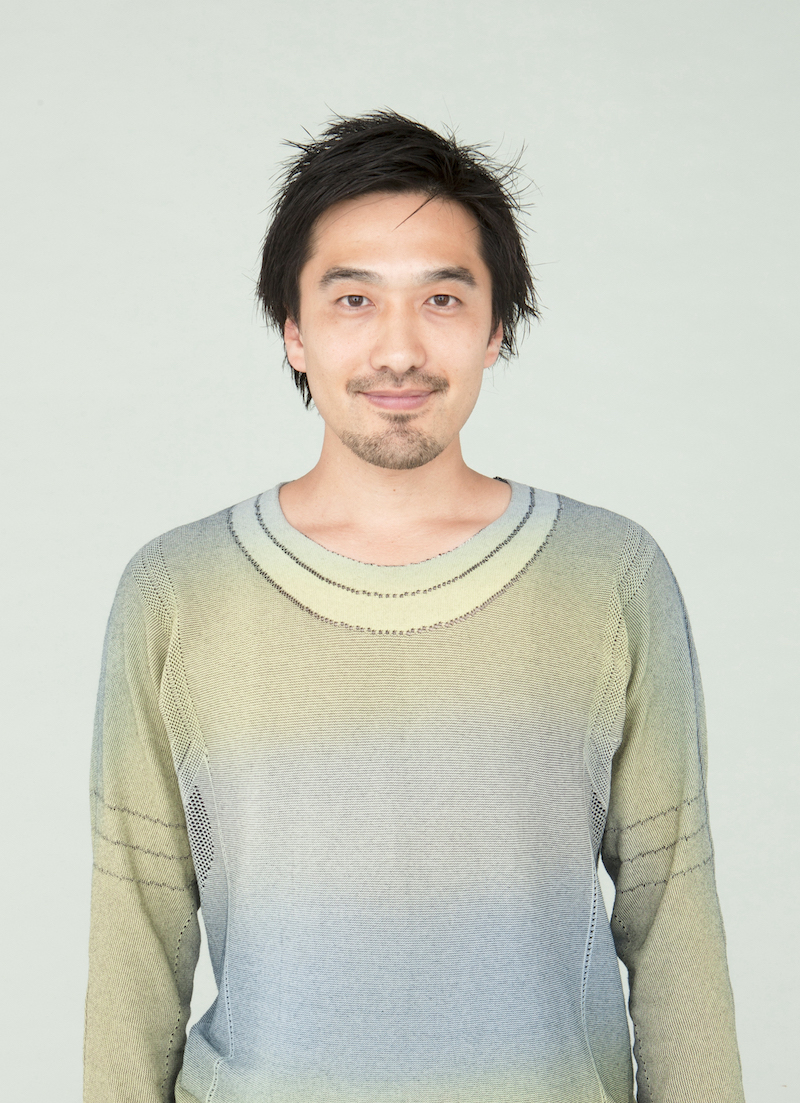
Yoshiaki Tsutsui, portrait courtesy of Vitra.
WHITEWALL: How did the moment of being toured of the property inform the idea for the Tane Garden House?
TSUYOSHI TANE: It was the first talk that I had with Rolf. He told me, “The Oudolf Garden and your Garden House will be the first manifestations of the increased awareness on the Campus. It is therefore essential that the project meets high standards of sustainability“. This becomes the fundamental base for the Garden House project.
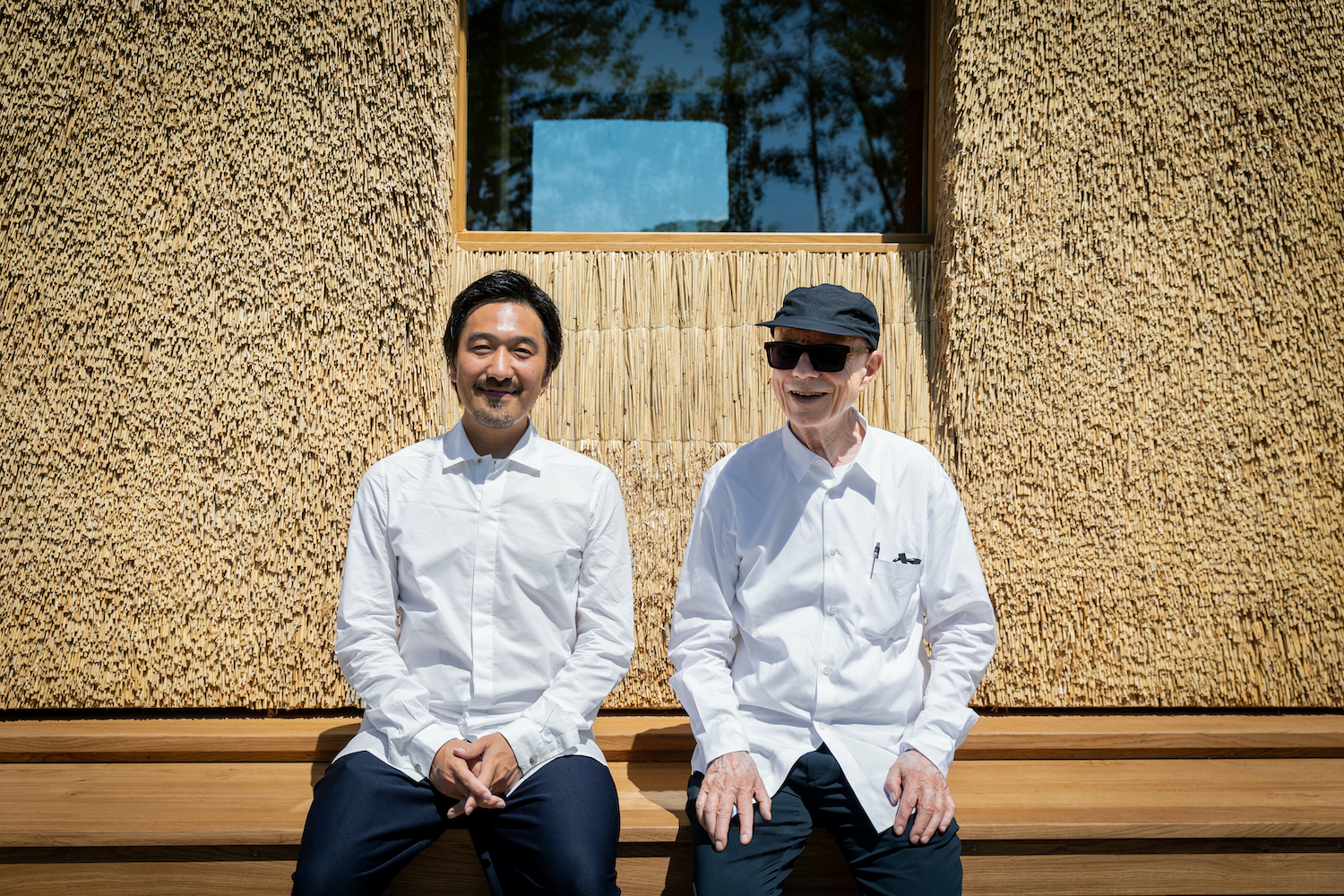
Tsuyoshi Tane and Rolf Fehlbaum, photo by Julien Lanoo, courtesy of Vitra.
WW: What was then the starting point for your design?
TT: There was two requests, making a viewing platform for the Oudolf garden and design the garden house for the volunteer gardeners. Then we had to put together to make architecture.
WW: The project adheres to your concept of “Archaeology of the Future,” which believes that architecture begins from the memory of the place where it stands. Can you tell us a bit about this, in relation to the Tane Garden House?
TT: We were digging to research the origin of garden from the ancient civilizations to the Swiss alps villages, who creates the garden, why the garden sheds are needed, and so on. At the same time, I had visited the Ballenberg Museum—an outdoor museum of traditional houses in Switzerland. It was full of memories of village life that became inspirations for the Idea of sustainability.
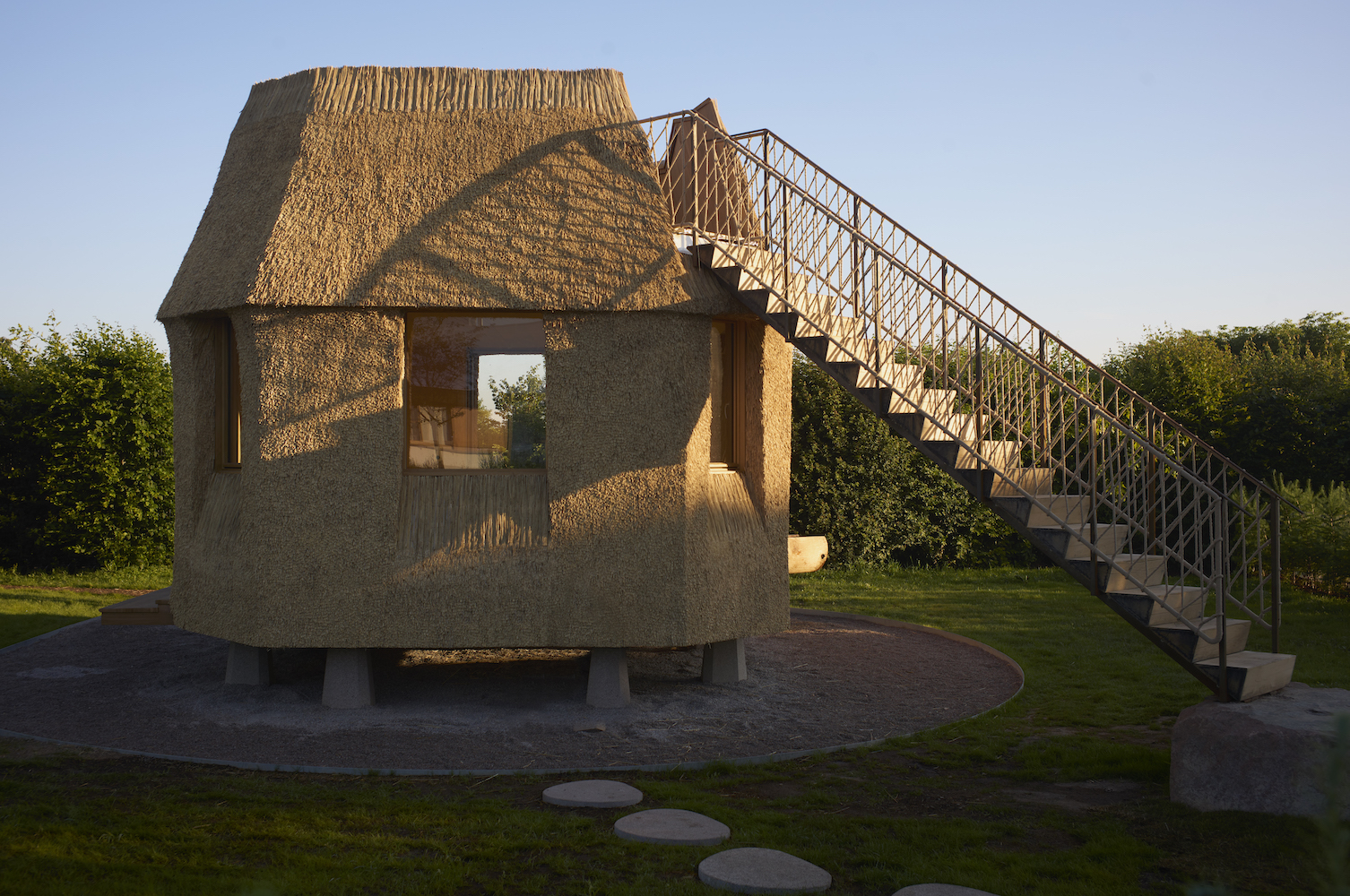
Tane Garden House, photo by Julien Laanoo, courtesy of Vitra.
WW: It was constructed using sustainable and locally sourced materials when possible—like stone and wood, gathered just 28 km away. Can you tell us more about those materials? Why was using “overground” materials important to the design?
TT: Sustainability is the idea then we need an action. In modern society, we waste too much of the resources that are ‘underground’. So we want to challenge ourselves to use materials that are “overground”—thatch, stones, wood and rope that gather around the site. It is also important to work with neighbourhood craftsmen. They can come to check, repair and maintain their work. They are the ones who can protect the architecture in the future.
WW: Of what importance is the consideration of sustainability to your projects at large?
TT: The Tane Garden House is intended for use by kitchen garden enthusiasts and the crew of the Oudolf Garten. What did you want these spaces to be like? Today, working environment is such an important issue. In order to increase the communication, participation, and experiences, the food is the center of our life. So we wanted to include the food production in this project.
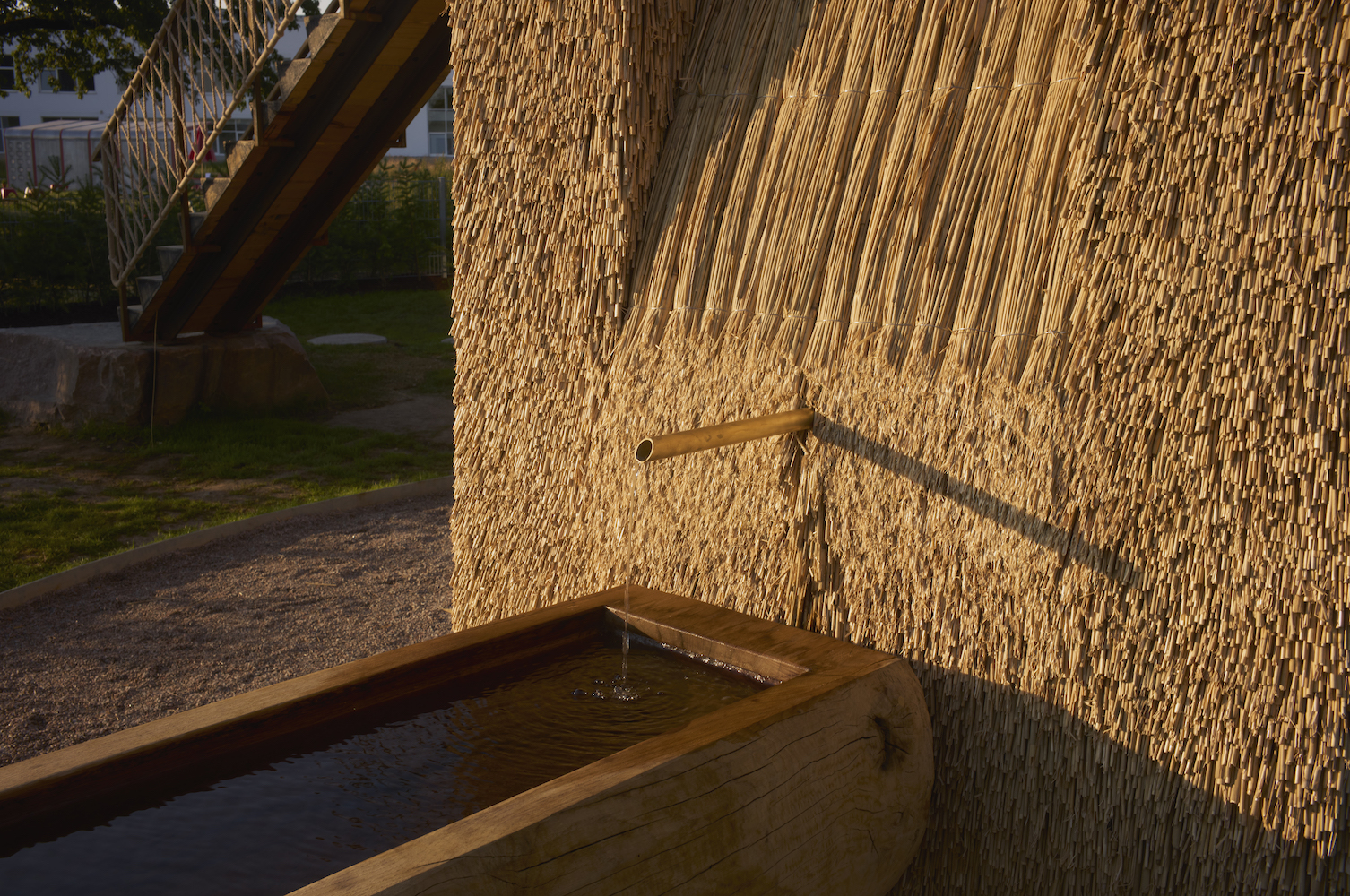
Tane Garden House, photo by Julien Laanoo, courtesy of Vitra.
WW: Outside, there is seating and a small fountain for watering or cleaning boots and utensils. How did you approach this space to be both beautiful and functional?
TT: These are the lessons from Ballenberg Museum. In villages, only practical and functional objects surround your life. They are modest but beautiful and useful for daily life. Just like Eams designed furniture, they design the parts separately and put together. So we challenge to design different elements in their own right and then integrated them into one architecture.
WW: This fall, Vitra Design Museum Gallery will present an exhibition of your work. What can we expect to see?
TT: It will display the idea of Archaeology of the Future for the Garden House project. Presenting our approach to the process, such as sketches, models, test samples, mock-up, and movies.
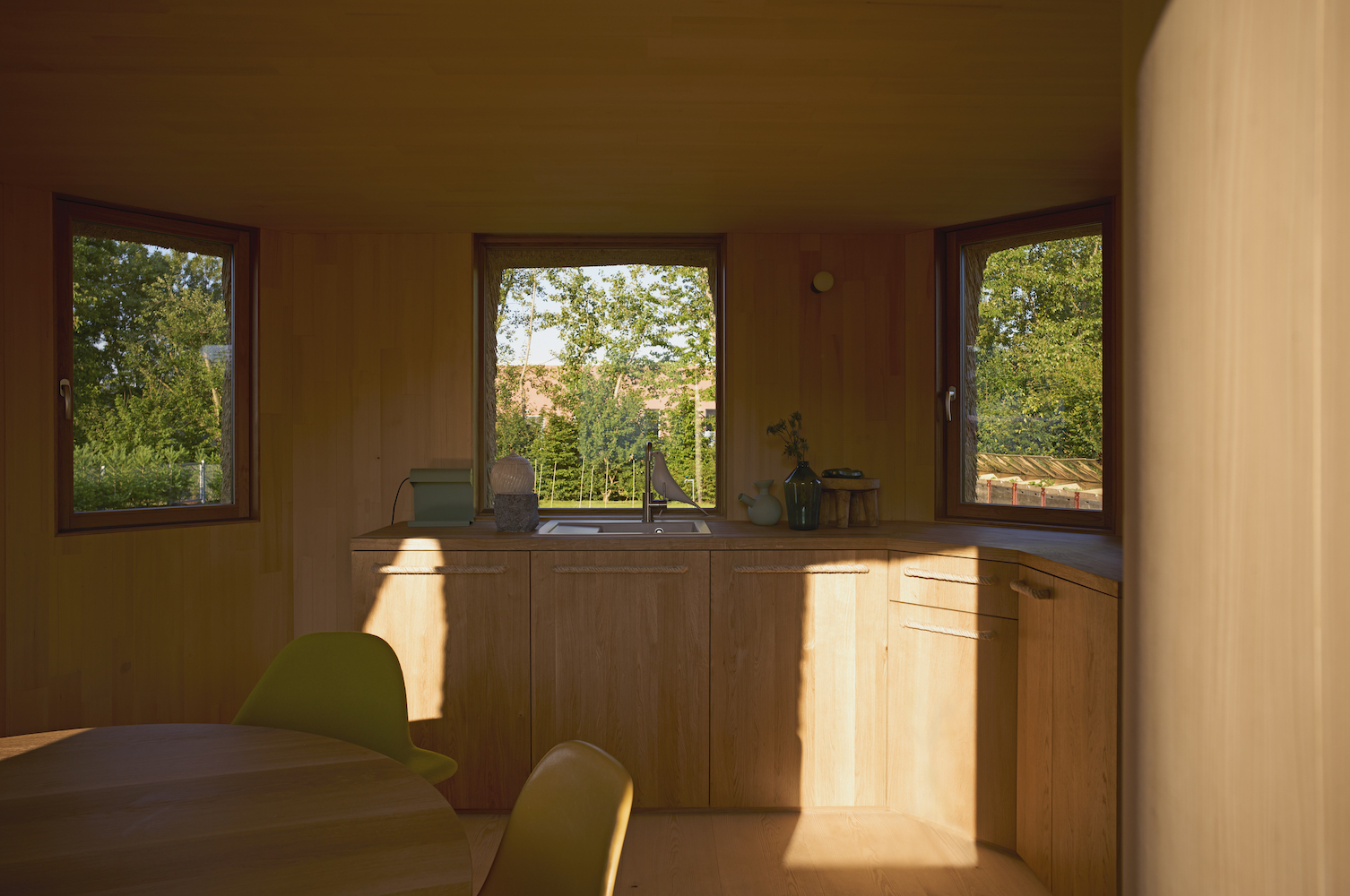
Tane Garden House, photo by Julien Laanoo, courtesy of Vitra.



